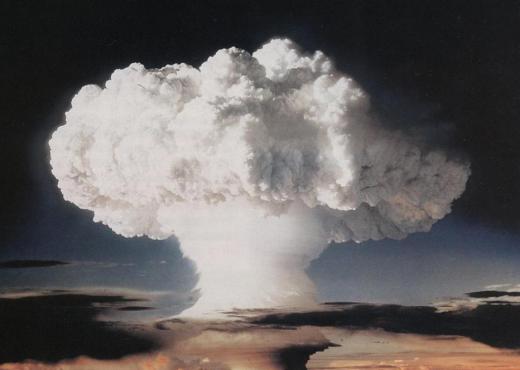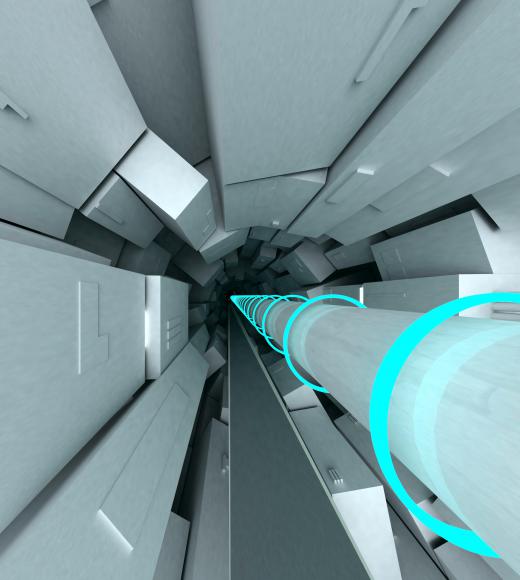How is Antimatter Made?
 Michael Anissimov
Michael Anissimov
In October 1955, the front page of the New York Times read: "New Atom Particle Found; Termed a Negative Proton". Although antielectrons, known as positrons), were discovered more than two decades earlier, in 1932, the discovery of the antiproton proved that the whole idea of antimatter was not a fluke, and that all types of matter really did have evil twins. Antimatter is a form of matter identical to conventional matter except it has an opposite charge, and annihilates on contact with ordinary matter, releasing an amount of energy as determined by Einstein's famous equation, E=MC2.
The entire era of high-energy particle accelerators was kick started in an effort to discover the antiproton. Ever since the discovery of the positron, physicists suspected the antiproton existed. They constructed cyclotrons which probed progressively higher energies to see if the antiprotons could be found.

In 1954, the Nobel Prize-winning physicist Earnest Lawrence built the Bevatron at Berkeley, California, a massive particle accelerator that could collide together two protons at 6.2 GeV (giga-electron-volts), predicted to be the ideal range for the creation of antimatter. Around 6.2 GeV and above, particles collide with such huge energies that new matter is created. This is a consequence of E=MC2 — generate enough energy, and matter production ensues. When new matter is made out of nothing, it is formed in equal quantities of particles and antiparticles. A magnetic field can siphon off the negatively charged antiprotons, and they can be detected. This is how antimatter must be made.

Many years later, at CERN in the early 1990s, scientists managed to create the first antiatoms — antihydrogen, specifically. This was done by accelerating antiprotons at relativistic speeds alongside conventional atoms. In specific cases, when passing close to the nucleus of the atom, their energy would be sufficient to force the creation of a electron-antielectron pair. Once in a while, the antielectron would then pair with the passing antiproton, creating a single atom of antihydrogen. In 1995, CERN confirmed that it had successfully created nine antihydrogen atoms. The era of true antimatter manufacture had begun.
Unfortunately, the uses for the production of antimatter are limited. It is created at such tremendous inefficiencies that making substantial quantities would drain the entire planet's power supply. This is why we have little to fear from the hypothetical creation of an antimatter bomb — the technology is just not viable. In the far future, antimatter may be considered as an efficient form of energy storage for long interstellar trips. For practically any application, batteries would be superior, but for special applications when you want to trap tons of energy in a tiny space, antimatter could be appealing.
AS FEATURED ON:
AS FEATURED ON:












Discuss this Article
Post your comments